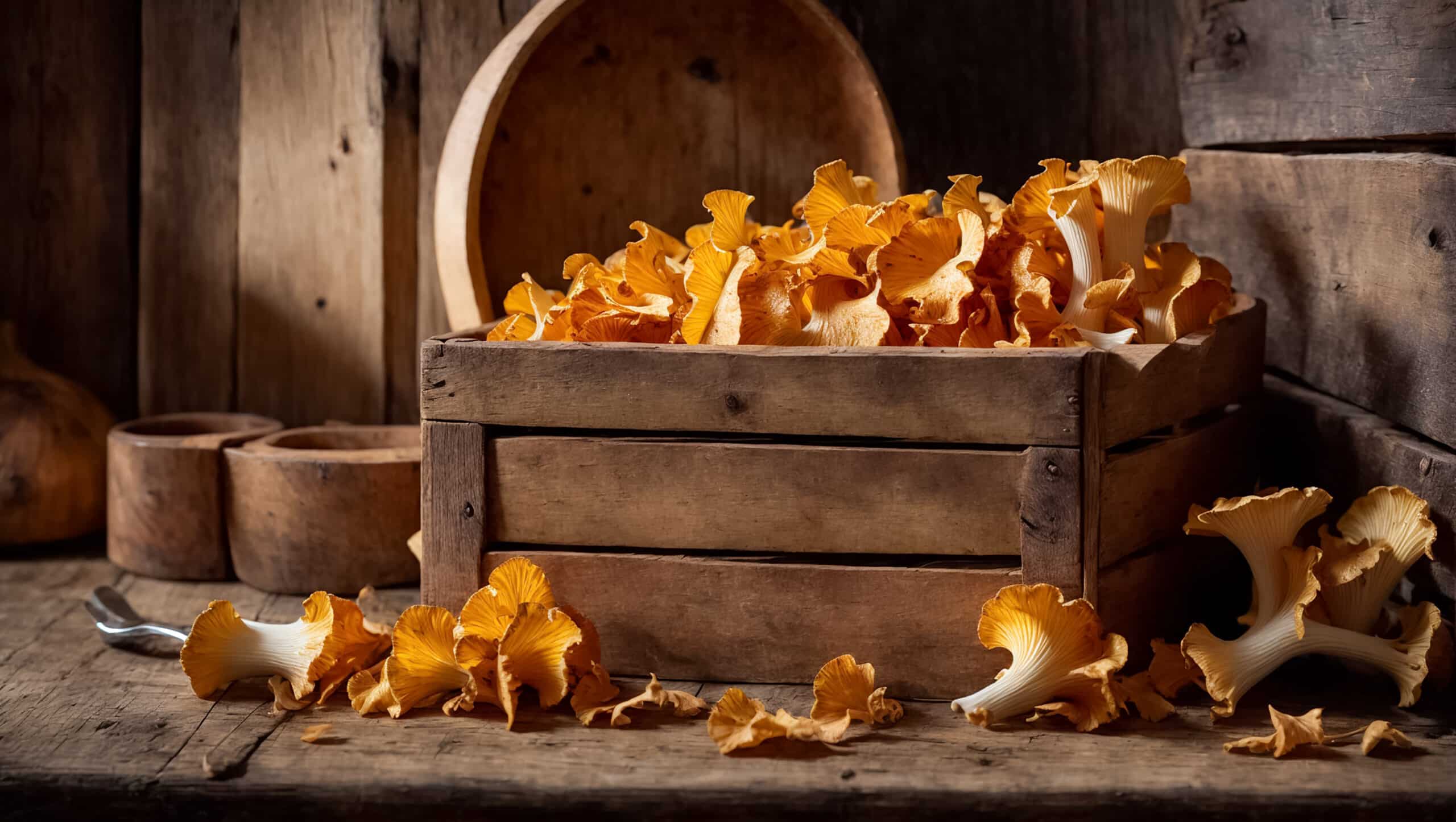What Trees Are Best for Chicken of the Woods?
Key Takeaways
- The ideal tree species for finding Chicken of the Woods mushrooms are hardwood trees, such as oaks, chestnuts, beeches, cherry trees, maples, and willows.
- While occasional reports of finding Chicken of the Woods on conifers like pines, spruces, and firs exist, it is generally advised to focus on hardwood trees when searching for this mushroom.
- Areas where hardwood trees thrive are the best places to find the delectable Chicken of the Woods mushroom.
If you’re an avid forager or mushroom enthusiast, you may have come across the delicious and vibrant Chicken of the Woods mushroom. Known for its bright orange color and unique taste, this edible fungus is highly sought after by chefs and foragers alike. But if you’re wondering which trees are best for finding this delicious mushroom, we’ve got you covered.
Hardwood Trees: The Ideal Habitat for Chicken of the Woods
According to multiple sources, the ideal tree species for Chicken of the Woods mushrooms are hardwood trees. Hardwood trees are characterized by their deciduous nature, shedding their leaves in the autumn. These trees provide the necessary nutrients and environment for the growth of this delectable fungus.
Among the hardwood trees, oaks seem to be a popular choice. Oak trees are known for their strong and durable wood, but they also serve as a perfect host for the Chicken of the Woods mushroom. Other hardwoods like chestnuts, beeches, cherry trees, maples, and willows are also mentioned as suitable habitats for this mushroom.
Conifers: An Occasional Surprise
While hardwood trees are the preferred habitat for Chicken of the Woods mushrooms, there have been occasional reports of finding them on conifers. Conifers are characterized by their needle-like leaves and include trees such as pines, spruces, and firs. However, it is important to note that these reports are less common, and it is generally advised to focus on hardwood trees when searching for Chicken of the Woods.
Conclusion
In conclusion, if you’re on the hunt for the delectable Chicken of the Woods mushroom, your best bet is to head to areas where hardwood trees thrive. Oaks, chestnuts, beeches, cherry trees, maples, and willows are among the recommended tree species for finding this highly sought-after fungus. While there have been occasional reports of finding Chicken of the Woods on conifers, it is generally advised to focus on hardwood trees as they provide the ideal habitat for this delicious mushroom.
Related Websites:
FAQs:
Q: What is chicken of the woods?
Chicken of the woods is a type of edible mushroom with vibrant colors, typically orange or yellow. It gets its name from its texture and taste, which is said to resemble chicken meat. It is popular among vegetarians and vegans as a meat substitute in various culinary dishes.
Q: Why is it important to identify the right trees for chicken of the woods?
Identifying the right trees is crucial for finding chicken of the woods because it has a symbiotic relationship with its host tree. Certain tree species provide the optimal conditions for the mushroom to grow, ensuring its abundance and quality.
Q: Which tree species are commonly associated with chicken of the woods?
Chicken of the woods is commonly found growing on oak trees and chestnut trees. These tree species provide the ideal environment for the mushroom to thrive and offer unique flavors to the culinary dishes.
Q: How can I locate chicken of the woods?
To locate chicken of the woods, look for visual cues such as large clusters of vibrant orange or yellow mushrooms growing on the trunk or branches of oak or chestnut trees. Environmental indicators like the presence of dead or dying trees, decaying wood, or moist conditions can also help in finding this edible mushroom.
Q: Why is tree selection important for chicken of the woods’ growth?
Tree selection is important for chicken of the woods’ growth because different tree species offer varying levels of nutrients and moisture, influencing the flavor and quality of the mushroom. Choosing the right tree helps ensure optimal growth and a more enjoyable culinary experience.






